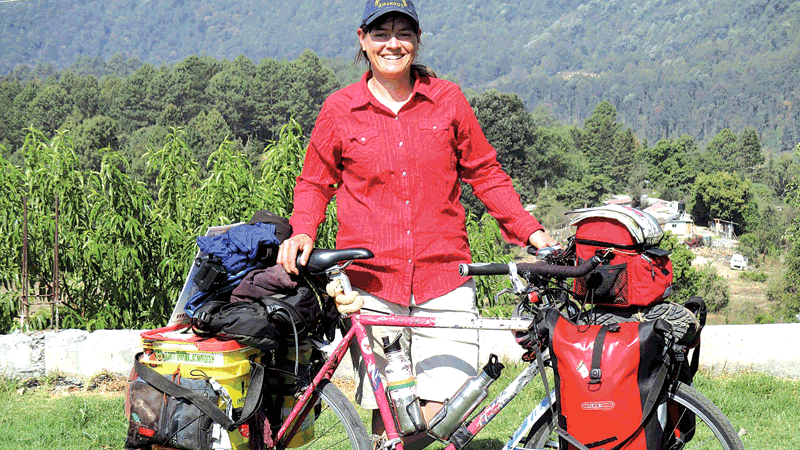MIGRATING WITH THE MONARCH BUTTERFLY
 Monarch Season has begun here in Fort Wayne, Indiana with the sightings of Monarch butterflies everywhere; including Little River Wetlands Project-Eagle Marsh, in our neighborhoods and backyards. The Monarch butterfly is said to be the most beautiful of all butterflies. And considered the “King”, hence the name “Monarch.”
Monarch Season has begun here in Fort Wayne, Indiana with the sightings of Monarch butterflies everywhere; including Little River Wetlands Project-Eagle Marsh, in our neighborhoods and backyards. The Monarch butterfly is said to be the most beautiful of all butterflies. And considered the “King”, hence the name “Monarch.”
There are 4 stages to becoming a Monarch butterfly: egg, larvae/caterpillar, pupa/chrysalis and adult/butterfly. Thus the life cycle of the Monarch.
The eggs hatch in 3-6 days and become caterpillars. A caterpillar’s job is to eat, and eat, and eat some more, until they increase in mass about 2700 times! It has been said that, “they eat like lawnmowers on steroids!” The only food that a Monarch caterpillar eats is milkweed, or asclepias. And they can eat a leaf in 4 minutes!
After 2 weeks, the caterpillar is fully-grown. They then find a place to attach and start the metamorphosis process. Attaching to a stem or leaf, it then uses silk transforming into a chrysalis.
This beautiful chrysalis is the pupa stage before the butterfly emerges. You can actually view the transformation of the butterfly through the chrysalis.
After the butterfly emerges from the pupa, it will dry its wings, and fly away. It has about 2-6 weeks to enjoy life. However, before it dies, it will lay eggs for the next generation.
Every winter, migration of the Monarch butterfly happens. Sara Dykman, a biologist, writer and adventurist, has taken flight with them via her bike. Sara has been following the route of the butterfly through three countries-Mexico, Canada and the U.S.
Yes, the Monarchs fly thousands of miles, and Sara is trekking about 10,000 miles, the “loop.” However, one single Monarch does not make the entire “loop.” It takes about 4 generations of Monarchs to do the “loop.” Every year!
The first generation of Monarch butterflies and Sara took off on their journey in March 2017 from the oyamel-fir forests in the state of Michoacán, Mexico; as the butterflies began their northern migration in March, Dykman rode along with them. In April, from Montreal, Canada they trekked through Vermont, New Hampshire, Massachusetts, Rhode Island, Connecticut, around to New York to Pennsylvania. Second generation happens around May and June; Third generation is July and August. Then the 4th generation, which is a bit different from the first three, is born in September and October. The fourth generation goes through the same process as the first three, except for the dieing part. This generation does not die after 2-6 weeks of appearing as a butterfly instead it migrates, flying to warmer climates, like Mexico.
Sara has already traveled more than 5,000 miles, her mountain bike laden with four saddlebags for her tent, sleeping bag and gear. On her website, beyondabook.org, she posts pictures and videos of her trip, which she called ButterBike.
You can learn more about Sara’s adventures and the Monarch butterfly on Sunday, August 27 at 3pm. Dykman’s presentation will be held at the University of St. Francis-North Campus Auditorium, 2702 Spring Street, in Fort Wayne.
Using stories and photos, Sara will cover the geography and diversity of the monarch migration, the biology of the butterflies, and the importance of supporting the Monarch.
- ELMHURST IS COMING DOWN BUT MEMORIES REMAIN - May 25, 2018
- WAYNEDALE ELEMENTARY’S CLUB “O” PRESENTS RECITAL - May 11, 2018
- LEBAMOFF RESERVOIR PARK RESTORED - May 11, 2018


